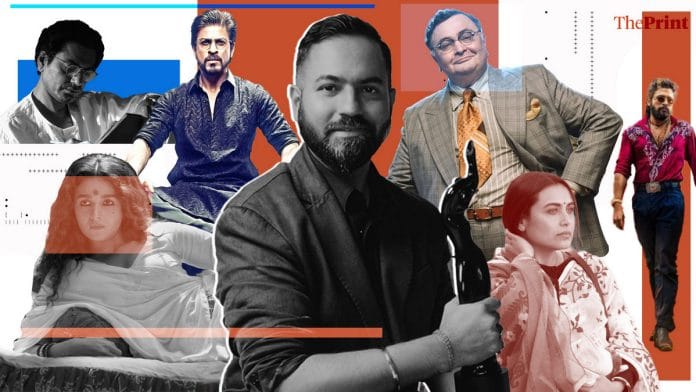Mumbai: Costume designer Sheetal Sharma’s phone rings—it’s another emergency. He needs to prepare Diljit Dosanjh’s costume for an upcoming film. Armed with outfits, he and his team rush to the director’s office. Then comes a last-minute change for a film starring Rajkummar Rao and Sanya Malhotra. A tailor in Andheri is put to work. By 3 am, the costume will be collected, ready for the 9 am shoot.
“I have slept three for only three hours a night for the last ten years,” he said, rubbing his eyes. Sharma is on the most-dialled list of Indian filmmakers looking for grandeur and visionary aesthetics. His client list spans languages, regions, and genres.
The past year has been stellar for Sharma. Three of the films he dressed—Pushpa 2, Bhool Bhulaiyaa 3, and Stree 2—turned out to be box-office blockbusters. After its streaming release this year, Imtiaz Ali’s Chamkila became a pop culture phenomenon. Sharma was also invited to join the Class of 2024 at the Academy of Motion Picture Arts and Sciences, alongside director SS Rajamouli and actor Shabana Azmi.
“Sheetal enhances the visual narrative and the impact of the story inside a theatre. That is what a great costume designer does. It is like he has god’s gift, he understands the art of screen,” said filmmaker Ashima Chibber, who worked with him in Mrs Chatterjee vs Norway.
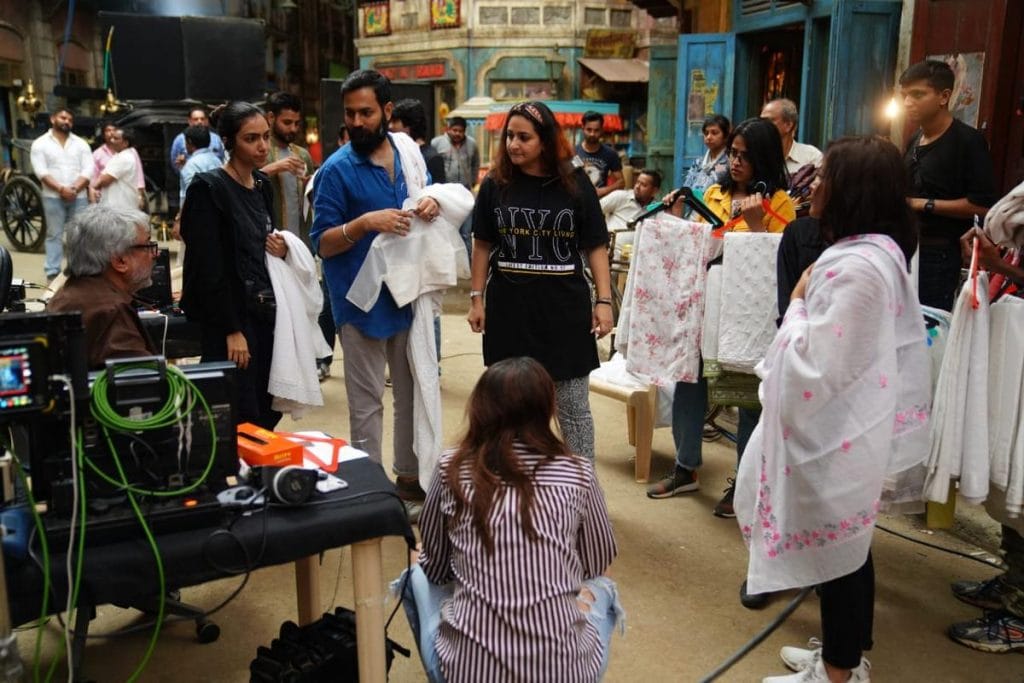
As pan-Indian films and period dramas boomed, so did demand for Sheetal Sharma. His meteoric rise accelerated in 2022, when his designs for Sita Ramam and Gangubai Kathiawadi earned him accolades, including his second Filmfare Award for Best Costume Design. He is the human version of a Pinterest moodboard, capable of transforming any cinematic vision into a wearable world. His cupboard overflows with lucrative projects, from an upcoming YRF web series to Kangana Ranaut’s ambitious Emergency to Laxman Utekar’s historical biopic on Chhatrapati Sambhaji Maharaj, Chhaava. He’s in Hyderabad in the morning, Mumbai by afternoon, Kochi the next day.
But Sharma has never managed to reach any shoot or meeting on time. It is an inside joke now. And everyone waits patiently because he is the magic maker.
Yet, for all the glamour, Sharma insists that his work is not about making actors look good.
“A film is about its characters and their stories and backstories. Actors have to look like the characters they are playing, not just pretty and handsome,” he said. And then he chuckled: “We do get demands like ‘get me silicon pads to make my butt look better’ or ‘chest pads to appear more ripped’.”
But Sharma’s USP is his eye for detail and extensive research that can sometimes take up to six months or even a year.
For Pushpa 2, Sharma drew from Allu Arjun’s backstory as a daily-wage labourer for his creative choices.
“He suddenly has a lot of money. So, he has the means, but has not yet developed taste. So, we even added a long fingernail, which is pretty common among a lot of people like him,” said Sharma.
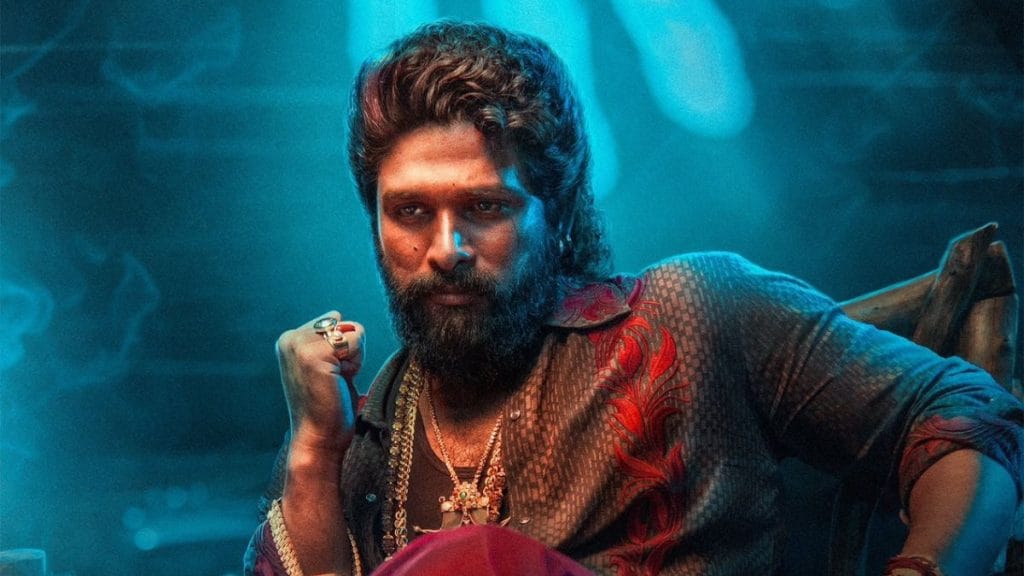
Sharma is clear that he creates clothes for the character, not stars.
“I did not know I was designing for Shah Rukh Khan in Raees or Alia Bhatt in Gangubai Kathiawadi,” he said.
Sharma begins with the script, sketching designs that reflect the story’s tone. And he usually nails it.
“When Shah Rukh first wore the black Pathani suit in Mehboob Studios during costume trials, everyone stopped working and stared at him,” Sharma said. “That’s when I felt half of my job was done.”
Also Read: Khilji, Jawan, Pushpa. Beyond makeup, who is transforming movie actors looks?
Dressing different decades
A bearded, unassuming 40-year-old, Sharma has become Bollywood’s go-to costume designer in the span of a few years. But he took many detours to get there. He dabbled in hotel management and tried a bachelor’s degree in arts—neither stuck. It wasn’t until he graduated in fashion technology from Wigan and Leigh College, Mumbai, and earned a master’s in period costumes from London, that he found his calling—and plenty of naysayers.
“After I came back in 2009, I was told what was the use of the degree since Bollywood does not do such stuff,” said Sharma, who favours loose, flowing casuals himself. But as it turned out, he had the last laugh.
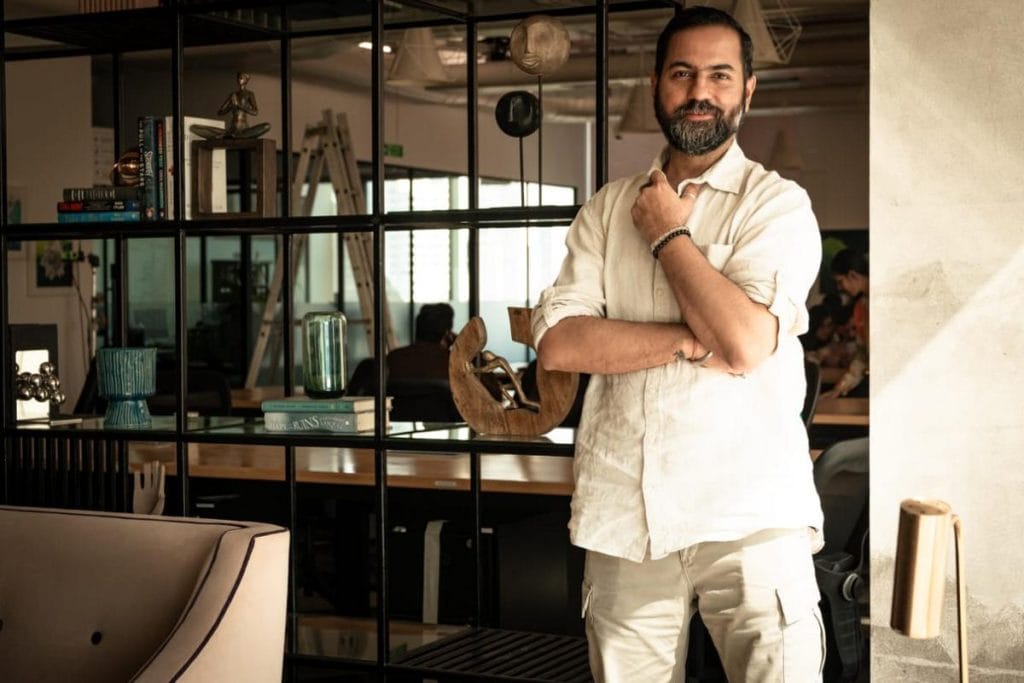
He would soon become the most important man when it came to making a pan-Indian film or a period drama. And for pan-India, he needs to roll his sleeves up, dip his hands into the local aesthetic language.
“We rely on a lot of local markets. When we do a film on a specific era, we like to travel to the location and source clothes from there,” Sharma said.
His work in the 1960s period drama about war and love Sita Ramam (2022) became the stuff of reels. The delicate chiffon saris worn by Mrunal Thakur as Princess Noorjahan, paired with antique watches, regional embroideries, and blouse designs, captured the era’s elegance.

The costumes evolved subtly as the story moved from the 1960s to the 1980s, inspiring numerous how-to style listicles. Fashion influencer Manisha Malik’s reel on its styling secrets amassed 27.8 million views. Her verdict: “This movie is a masterclass in dressing simple without being boring.” Amazon even has georgettes, chiffons, and florals marketed as “Sita Ramam saris”.
“What impresses me most is Sheetal’s professionalism and positive energy, making him a joy to have on set,” said Hanu Raghavapudi, the film’s director. “For my current project starring Prabhas, which demands an exceptional level of detailing, Sheetal has given his unwavering attention to every minor detail, right to the last knot.”
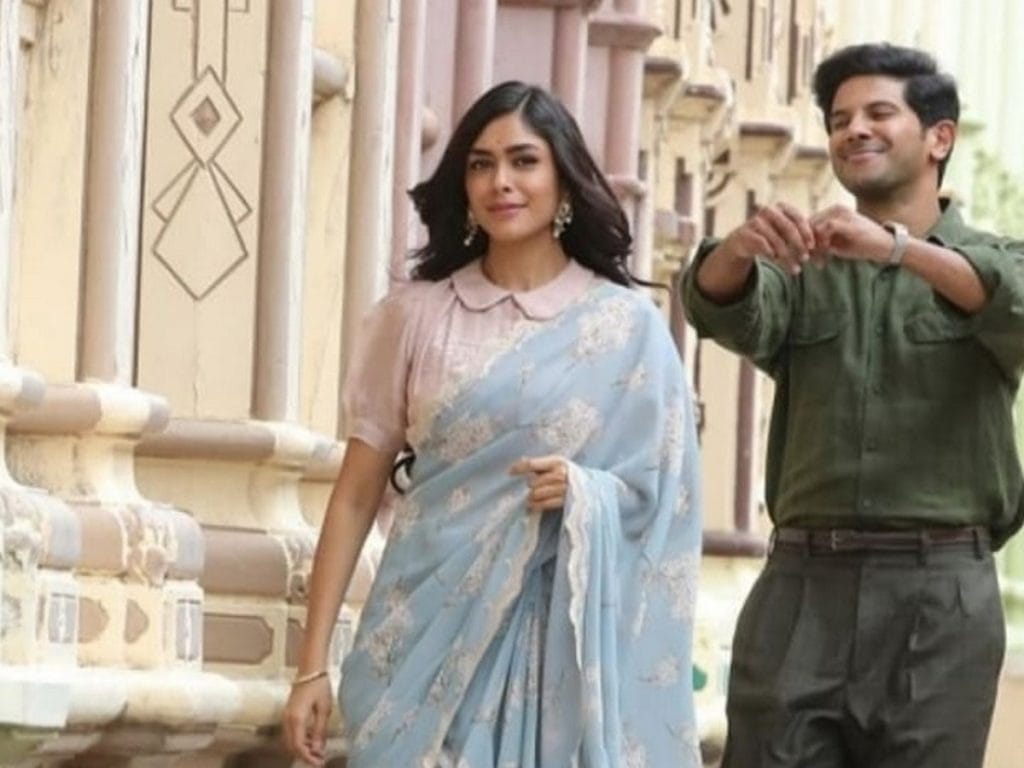
Sharma’s work on Gangubai Kathiawadi, also set in the 1960s, was striking in a different way. Unlike Sanjay Leela Bhansali’s usual explosion of colours, the film focused on white.
Bhansali’s description of different shades of white to Sharma even became a viral dialogue from the film—”doodh jaisa safed, moti jaisa safed, samundar ke jhaag jaisa, ya phir dhuen jaisa” (white as milk, like a pearl, like the foam of the sea, or like smoke).
Sharma executed this brief to perfection. Alia Bhatt’s white saris as the madam Gangubai, paired with modest blouses and a red rose in her hair inspired people to recreate the look and post reels even in Thailand.
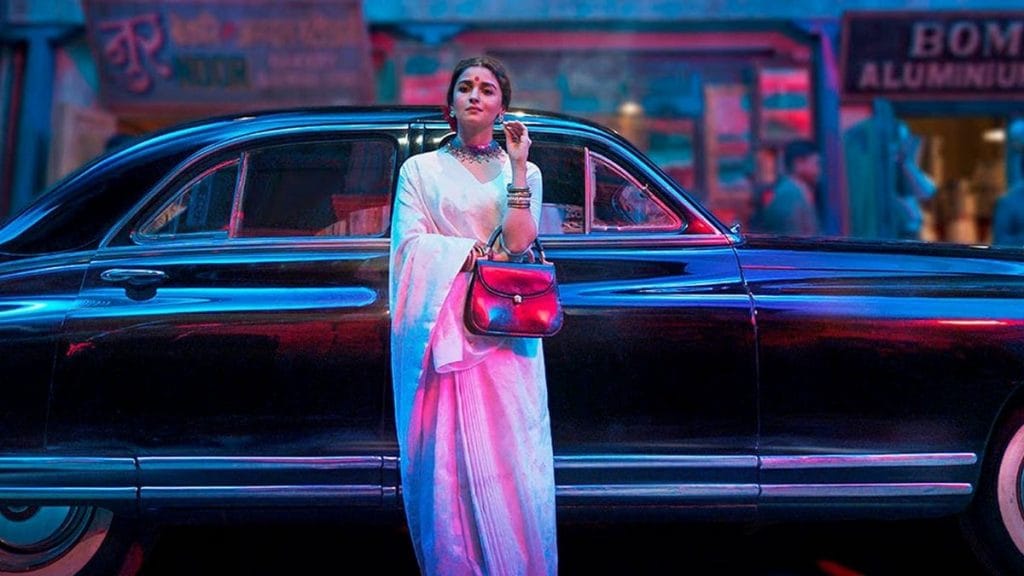
“Bhansali wanted a colour that would represent the age of these young women in the brothel,” added Sharma. “We have never seen sex workers wear pastels, mint and peach. We decided to use it.”
If actors do method acting, Sharma’s costume madness also has a method too.
He is equal parts instinctive and cognitive. For Gangubai, he spent months researching, including talking to sex workers. But image references were hard to come by.
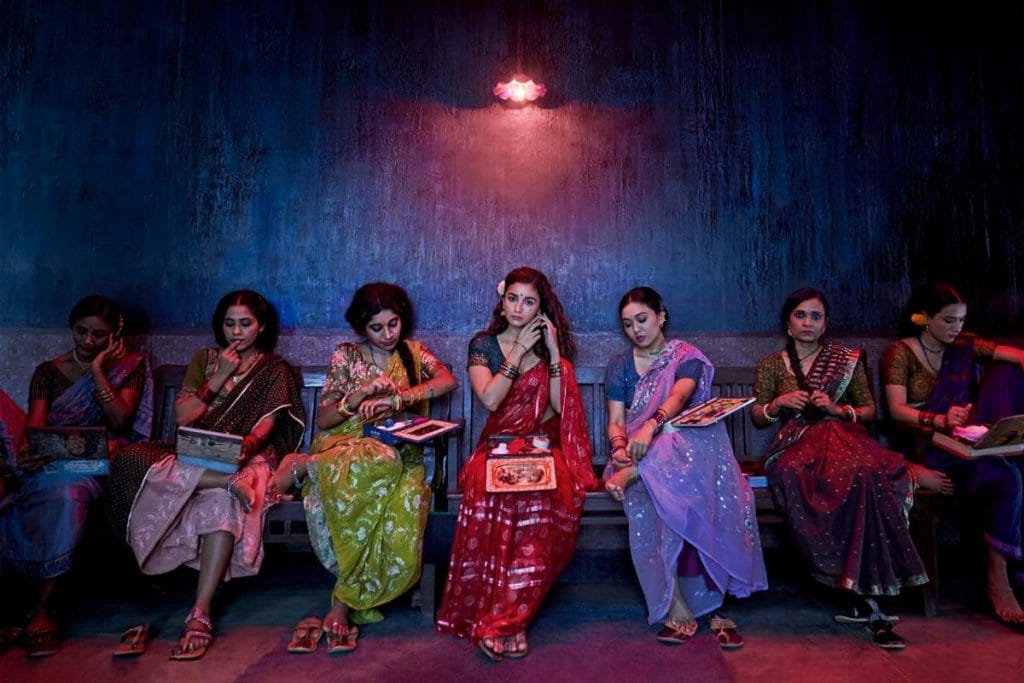
He read Husain Zaidi’s Mafia Queens of Mumbai, but “there was just one line description of her–she wore white and a lot of gold ornaments,” said Sharma. Poring over images at the Asiatic library’s archive section was not very fruitful either.
“There were no images of Gangubai. Just a bust at Kamathipura, so I had to look at other things,” said Sharma. The signature look he created for Alia eventually became the poster for the film, with the actor in a blouse and skirt, hair tied in plaits with ribbons.
Behind the seams
An army kid, Sharma grew up in Mumbai, but when he went to London to study period costumes, Bollywood wasn’t on his mind. The plan was to work in the UK, but the 2008-09 recession derailed it.
Back in Mumbai, Sharma started looking for a job in a garment house or with an established fashion brand. Around this time, a college senior introduced him to filmmaker Ashim Ahluwalia, who was making a film about the seedy world of C-grade cinema in the pre-internet era. The film was Miss Lovely. After its screening at Cannes in 2012, it received critical acclaim for its “wonderfully extravagant costumes”, putting Sharma on the radar of top filmmakers.
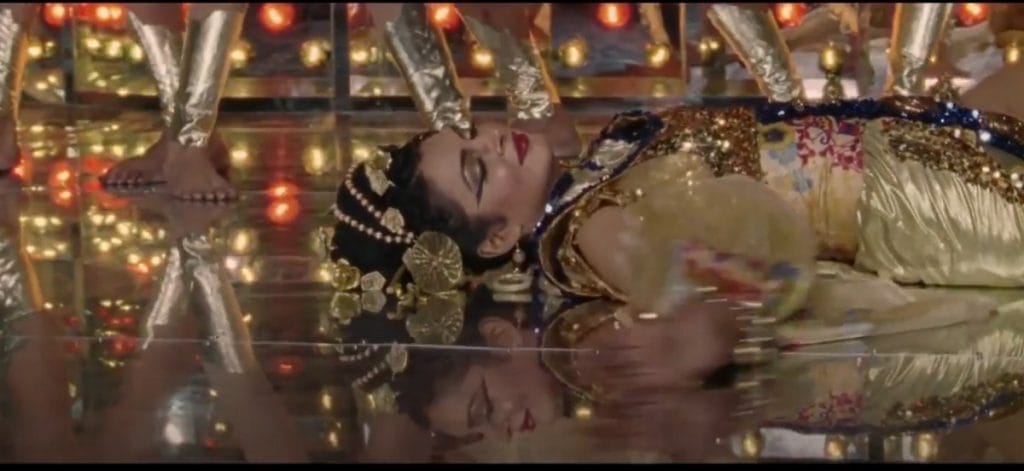
Game and Don 2 followed, and the gigs haven’t stopped since. Sharma now leads a core team of six people, with additional freelancers brought in depending on the budget and scale of the project.
However, Mumbai’s exorbitant real estate prices mean Sharma avoids running a permanent office.
“I didn’t want to add the extra expense, as costume designers aren’t paid like other technicians,” he said. “Being a freelancer, I choose to work with the productions from their offices or they give us a temporary place to work.”
Some production houses offer proper office space, while others allocate godowns. When needed, Sharma’s team gathers at his home for presentations and research during the early stages of character-building.
Team members say Sharma is quick to share credit.
“I worked with him for a song in Pushpa 2,” said Arjun Pasi, a member of Sharma’s team since Airlift (2016). He made sure I was credited on social media, if not in the end credits.” The song Kissik in the Hindi version, has since gone viral.
The work that’s expected of the team can be exacting and gruelling. Absolutely nothing is too much, when it comes to researching and designing costumes.
“For Chamkila, we travelled all the way to Ludhiana, and looked at photo albums so that we could get the outfits right— even for the musician who would sit behind while Chamkila (Diljit Dosanjh) sings,” said Pasi.
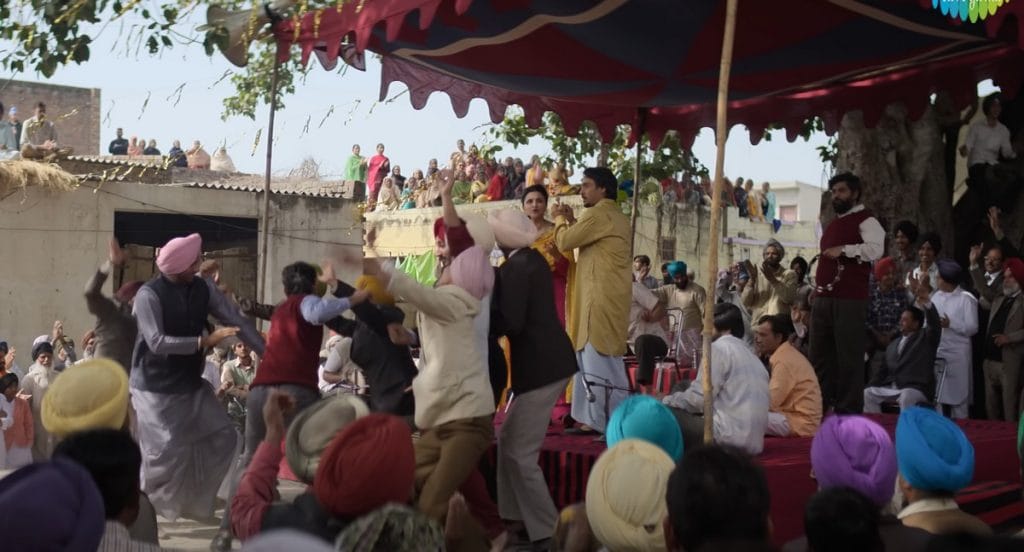
Despite constant travel and hectic schedules, Sharma makes work fun for his team.
“He’s a huge foodie, and after shoots or recces, we visit famous local eateries wherever we’re working,” said Neha, a team member of five years. “He makes sure everyone gets a chance to share their ideas about a design or film.”
But when the day’s work is done, Sharma is a homebody who likes to spend time with his family or team members.
“He doesn’t go to Bollywood get-togethers at all,” said Pasi. Even his Instagram reveals little about his prolific work, though he’s started sharing more, particularly the appreciation for the looks he created for Pushpa 2—one of the many recent films where he has made his mark with a more modern aesthetic.
Style with subtext
Sharma is not all about period films. His ability to weave a world through his clothes also shines in more contemporary settings—whether it’s an upper middle-class south Delhi family grappling with secrets in Gulmohar, an Indian woman fighting for custody in a foreign land in Mrs Chatterjee vs Norway, or the slick, larger-than-life looks he crafted for action thrillers like Animal and Atlee’s latest venture, Baby John.
And there’s always a subtext to his sartorial choices for characters.
In Mrs Chatterjee, Sharma dressed Rani Mukerji as Debika Chatterjee, a young immigrant Bengali mother trying to hold onto her roots in Norway. Her wardrobe features taant sarees in bright yellows, powder pink, and blues, as well as jamdanis. This is in sharp contrast to her husband, who tries hard to fit in and is often seen in trench coats over shirts and trousers. Meanwhile, the social workers in the courtroom are dressed in muted blacks and whites.
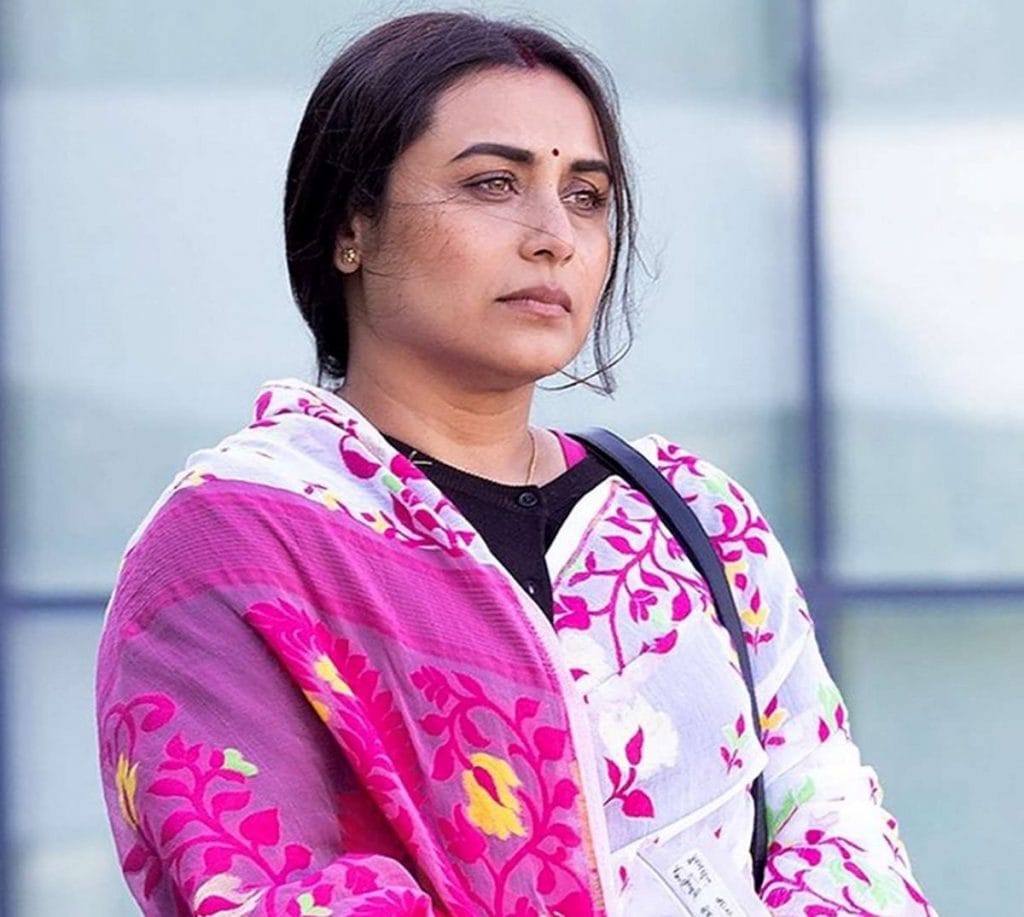
For director Chibber, Sheetal’s choice to make the character stand out sartorially highlights her alienation in the film.
“Jamdani is a very informed choice of saris—it’s a rooted, ground-level sari to show her small-town origins in Bengal,” Chibber said. “These creative decisions subliminally tell you about the inner fire of a character — and how the character is different from the grey-black tones of Scandinavia.”
But there are times when Sharma’s attention to detail leads to creative clashes with directors.
“Sheetal always stands by his opinions and even puts his foot down,” said Rahul Chittella, director of Gulmohar. “I remember one scene where he dressed Manoj Bajpayee and Simran in the same shade, and I was not convinced. Yet when I took the shot, the colour showed how these two characters, as husband and wife, function as one unit.”
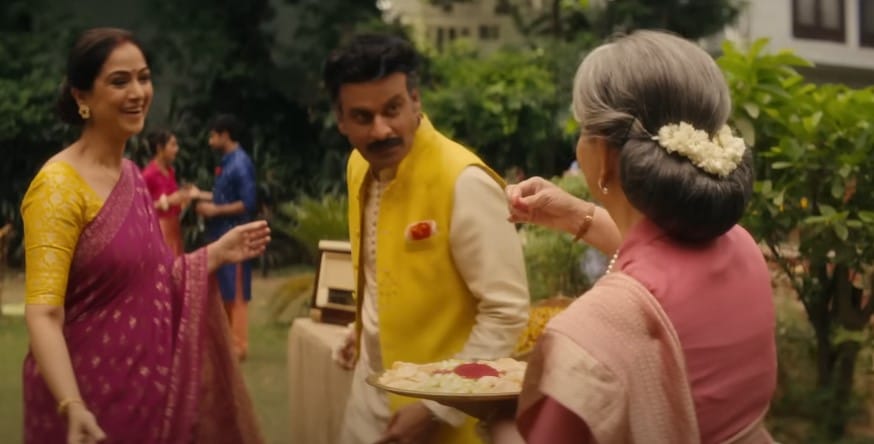
In the film’s Holi celebration song, Sharma carefully curated a look in line with Chittella’s vision and avoided the traditional all-white apparel. The men wore colourful waistcoats over their kurtas and the women were resplendent in pinks, yellow, turquoise, and purple.
“Sheetal is deeply influenced by Amrita Sher-Gil’s paintings and the colours she boldly used,” Chittela added. “Our opening reference image for Sharmila ji’s character in the party (scene) was an Amrita Sher-Gil painting.”
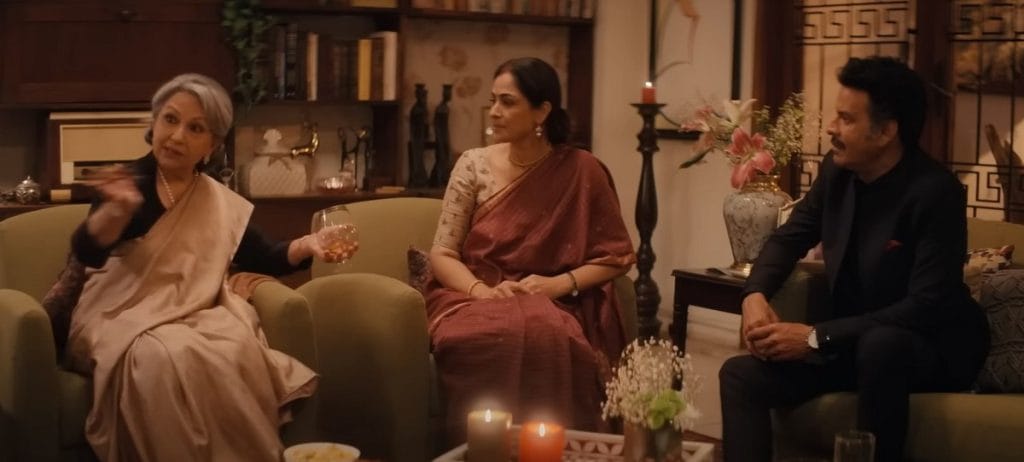
But Sharma’s absolute idol is the Oscar-winning costume designer Bhanu Athaiya, known for her pitch-perfect work in Guide (1965), Lagaan (2001), and Gandhi (1982).
“In a way, Sheetal is deeply inspired by her —his costumes are not just replicas of an era. He brings in a unique touch, which makes it his own,” said Chittela.
Sharma’s creativity takes a playful turn in Maddock Films’ horror universe. From the small-town looks of Stree (2018) and its sequel to the massive fur coat worn by Varun Dhawan in Bhediya (2022), Sharma works closely with director Amarr Kaushik to shape the aesthetic of these films.
The briefs Sharma receives are often specific, even quirky.
“For Don 2, I was told it needed to look like a James Bond film—very stylish, where everyone looks great. It had to be an international-looking Indian film,” he recalled.
Back then in 2012, Sharma was still relatively new in the industry and this was his first big-budget film. Knowing this, actor Shah Rukh Khan took him under his wing. The actor also provided inputs for their next collaboration, Raees (2017).
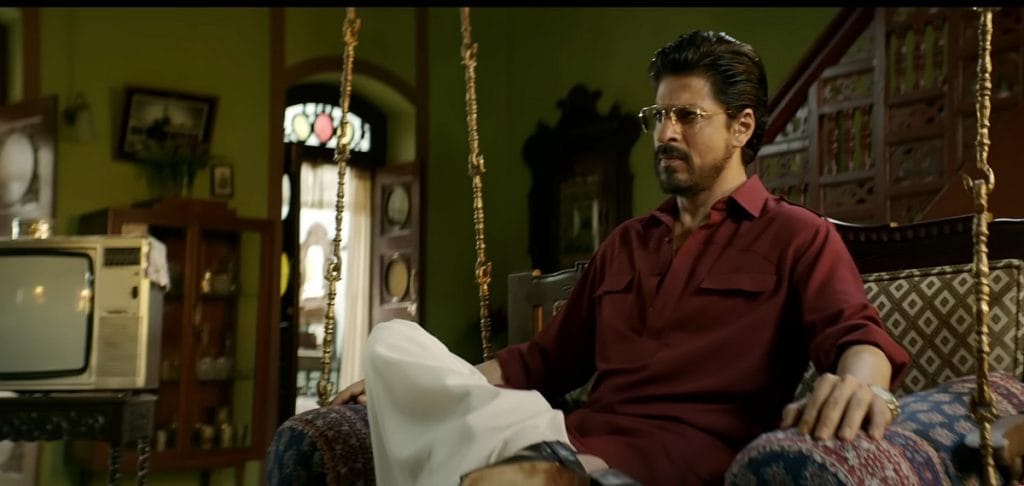
“Shah Rukh Khan has never looked better,” said one review of the film.
In Raees, Khan’s fitted pathanis and kohl-rimmed eyes, paired with Mahira Khan’s flowing salwar suits, became iconic. But Sharma’s attention to detail went beyond the leads.
“In the scene where Shah Rukh gets into a fight inside a mutton shop, you’ll see every character, even if he is on screen for just two seconds, dressed in the larger vision of the film,” said Pasi.
Also Read: ‘A female director doesn’t mean no male gaze’—Kani Kusruti is so much more than All We Imagine
A lesson from Manto
If there’s one film where Sharma showcased his mettle without the usual flash or spectacle, it was Nandita Das’ Manto (2019). The understated yet precise recreation of the 1940s Partition era in this biopic of tormented writer Saadat Hasan Manto won Sharma his first Filmfare award.
But the journey of getting on the film was a labyrinth of misgivings on Das’ part and lack of knowledge about Saadat Hasan Manto on Sharma’s end.
“I did not know who Manto was. I thought he was some character from comics,” Sharma admitted. “Nandita was not amused, and called me ‘such a Bollywood designer’.”
After the disastrous first meeting, Sharma was sure he had lost out on the project. But Das was told that he was the best in the business, and Sharma received another chance.
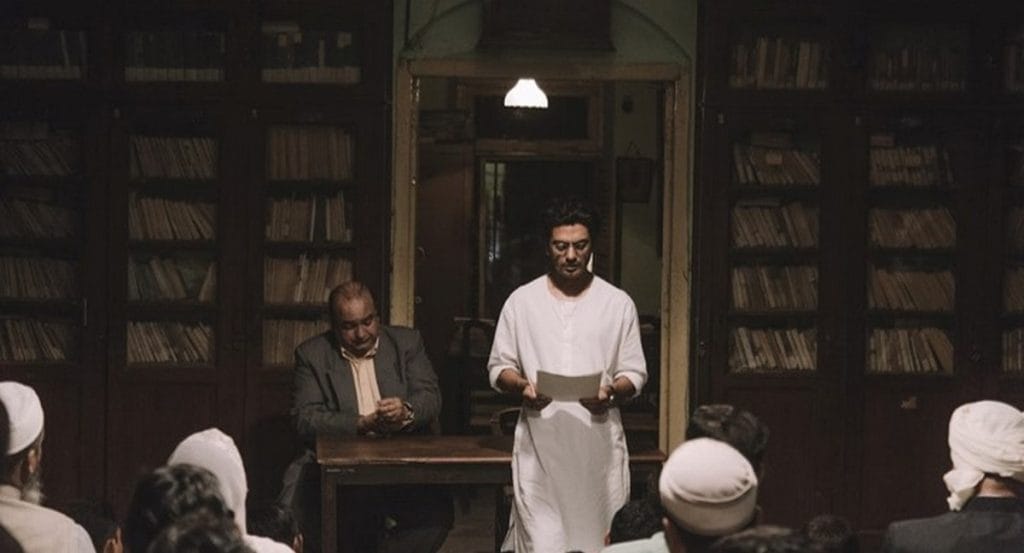
Determined to rise to the challenge, Sharma pored over Manto’s writings, uncovering unexpected personal connections.
“My grandmother came here during Partition. We never knew if my maternal grandfather was alive—he had not made it to India. But my nani kept Karva Chauth. Reading Manto made me understand her choices better,” Sharma said.
For Manto, Sharma’s attention to detail was painstakingly careful. Nawazuddin Siddiqui, who played the writer, was styled in a white kurta-pyjama—clean and starched at first but gradually wrinkled and unkempt to reflect his mental decline. Rasika Duggal, playing Manto’s steadfast wife Safia, wore pastel salwar kameezes with delicate floral patterns— reflecting her calm, supportive presence as a foil to Manto’s tempestuous nature. The smallest details were considered, including sourcing antique watches and spectacles from the era.
Sharma hasn’t just won an award for it. He’s built an entirely new relationship with Manto himself
“Now I have a whole bookshelf dedicated to Manto’s books. My favourite stories are Khol Do and Toba Tek Singh,” Sharma said.
He makes sure to show off his collection to visitors in his home.
“Now if someone says they do not know who Manto is, I make a shocked face,” he laughed.
(Edited by Asavari Singh)



